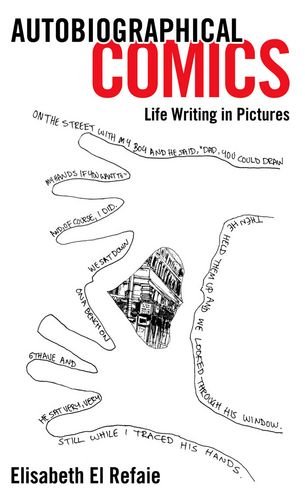

Most ebook files are in PDF format, so you can easily read them using various software such as Foxit Reader or directly on the Google Chrome browser.
Some ebook files are released by publishers in other formats such as .awz, .mobi, .epub, .fb2, etc. You may need to install specific software to read these formats on mobile/PC, such as Calibre.
Please read the tutorial at this link: https://ebookbell.com/faq
We offer FREE conversion to the popular formats you request; however, this may take some time. Therefore, right after payment, please email us, and we will try to provide the service as quickly as possible.
For some exceptional file formats or broken links (if any), please refrain from opening any disputes. Instead, email us first, and we will try to assist within a maximum of 6 hours.
EbookBell Team

4.1
40 reviewsA troubled childhood in Iran. Living with a disability. Grieving for a dead child. Over the last forty years the comic book has become an increasingly popular way of telling personal stories of considerable complexity and depth.
In Autobiographical Comics: Life Writing in Pictures, Elisabeth El Refaie offers a long overdue assessment of the key conventions, formal properties, and narrative patterns of this fascinating genre. The book considers eighty-five works of North American and European provenance, works that cover a broad range of subject matters and employ many different artistic styles.
Drawing on concepts from several disciplinary fields―including semiotics, literary and narrative theory, art history, and psychology―El Refaie shows that the traditions and formal features of comics provide new possibilities for autobiographical storytelling. For example, the requirement to produce multiple drawn versions of one’s self necessarily involves an intense engagement with physical aspects of identity, as well as with the cultural models that underpin body image. The comics medium also offers memoirists unique ways of representing their experience of time, their memories of past events, and their hopes and dreams for the future. Furthermore, autobiographical comics creators are able to draw on the close association in contemporary Western culture between seeing and believing in order to persuade readers of the authentic nature of their stories.